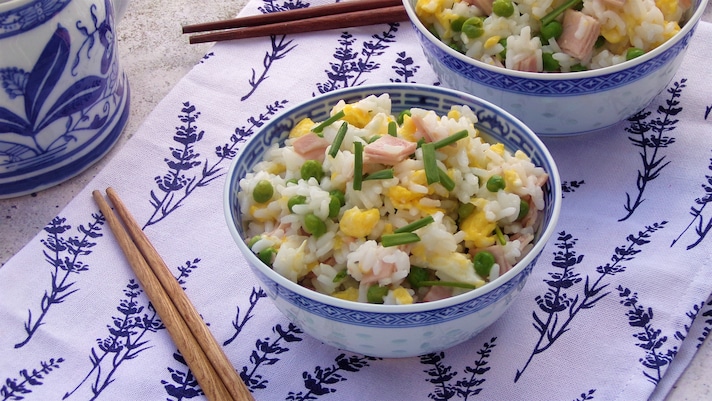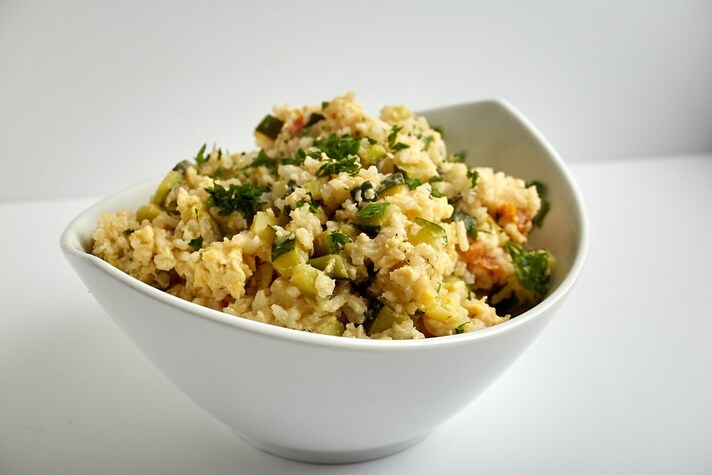
Rice has this magical way of bringing people together. Whether it’s the humble side dish, the star of a risotto, or even a quick snack, rice has a universal appeal. And when it comes to fried rice, well, there’s no debate. Fried rice has become a favorite not only at your local Asian restaurants but also in kitchens across the globe. Easy to whip up and endlessly customizable, fried rice is the ideal choice for lunch, dinner, or even breakfast if you’re feeling adventurous. But if there’s one secret that elevates your fried rice from average to restaurant-quality, it’s cornstarch—and skipping it is a mistake you don’t want to make.
Crisp Is Key
Let’s be honest: the best fried rice has a bit of a crunch to it. You know the kind, where the rice grains are lightly crisped on the outside but still fluffy on the inside. That texture, my friend, is all thanks to cornstarch. Cornstarch helps create a delicate, crispy coating on the rice as it fries, giving you that perfect balance of texture. Without it, your fried rice can end up soft, even a little gummy, which is not what you’re aiming for. A little cornstarch makes sure your rice has that delightful bite.

It Prevents the Clump Factor
One of the great struggles in fried rice-making is keeping the grains from clumping together. When you toss cold rice into a hot pan, there’s always a risk of it sticking together, forming unsightly lumps. Cornstarch comes to the rescue by creating a thin layer around each grain, keeping them separate and allowing the rice to fry evenly. The result? Beautifully individual grains of rice that don’t stick together in a sticky mess. It’s the difference between fried rice that looks like it came from a restaurant and fried rice that looks like it’s trying to form a rice ball.
Enhancing the Flavor
Cornstarch doesn’t just help with texture—it works its magic on flavor too. By lightly coating the rice before frying, cornstarch allows the rice to absorb more of the soy sauce, sesame oil, or any other seasonings you throw into the mix. Instead of the flavors sitting on the surface, cornstarch helps them penetrate deeper into the rice, making each bite more flavorful. It’s like giving the rice an extra sponge-like quality—but without making it soggy, of course.

How Much Cornstarch to Use?
Now, cornstarch is great, but as with all good things, moderation is key. Too much of it, and you could end up with rice that’s more fried than rice. Ideally, you only need about a teaspoon or two of cornstarch for a couple of cups of cooked rice. Sprinkle it over the rice before you fry it, and toss the grains to coat them evenly. That small amount will work wonders, giving you the perfect texture without turning your dish into a cornstarch-fueled experiment.
;Resize,width=767;)
